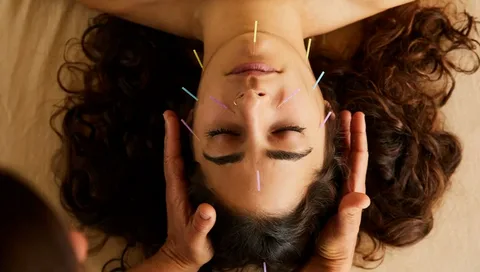Acupuncture, an ancient practice rooted in Traditional Chinese Medicine (TCM), has intrigued scientists and healthcare professionals for decades. With more clinics offering this treatment as a complementary or alternative option, it’s important to understand the scientific principles that support its effectiveness. This article delves into the mechanisms, research, and modern applications of acupuncture, providing a clearer view of what happens inside a clinic of acupuncture treatments.
What Is Acupuncture?
Acupuncture involves the insertion of very fine needles into specific points on the body to stimulate healing, relieve pain, and improve overall health. According to TCM, these points lie along meridians—energy channels that influence bodily functions. While this explanation aligns with Eastern philosophy, Western science has sought to explain acupuncture in more physiological terms.
The Biological Basis of Acupuncture
When exploring the science behind a clinic of acupuncture treatments, researchers often focus on how the body reacts to needle stimulation. Studies suggest that acupuncture can:
- Stimulate nerve endings, triggering the release of neurotransmitters like endorphins and serotonin.
- Promote blood flow and reduce inflammation in targeted areas.
- Influence the hypothalamus and pituitary gland, which regulate a variety of bodily functions.
This biological activity may explain why patients often report relief from chronic pain, headaches, and even anxiety after undergoing acupuncture.
Clinical Evidence and Scientific Research
Numerous studies have investigated acupuncture’s effectiveness for various conditions. The National Institutes of Health (NIH) and the World Health Organization (WHO) recognize acupuncture as a valid treatment for over 100 conditions, including:
- Chronic back and neck pain
- Osteoarthritis
- Migraine headaches
- Postoperative nausea
Randomized controlled trials and meta-analyses have shown that acupuncture is more than just a placebo. For example, functional MRI scans have demonstrated that acupuncture affects brain activity in areas related to pain and emotion.
These scientific advancements are crucial when exploring the science behind a clinic of acupuncture treatments, as they offer measurable proof of acupuncture’s impact on the human body.
Integrating Acupuncture into Modern Healthcare
Modern clinics increasingly integrate acupuncture alongside conventional medicine. A well-established clinic of acupuncture treatments often collaborates with medical doctors, physiotherapists, and psychologists to offer holistic care. This multidisciplinary approach enhances patient outcomes and broadens treatment options for conditions that are otherwise difficult to manage.
Conclusion
Acupuncture is more than a traditional healing method—it’s a scientifically-backed treatment with growing support in the medical community. By exploring the science behind a clinic of acupuncture treatments, both practitioners and patients can better understand how and why this ancient practice remains relevant in modern times. Whether used alone or alongside other therapies, acupuncture continues to offer promising results rooted in both tradition and science.


